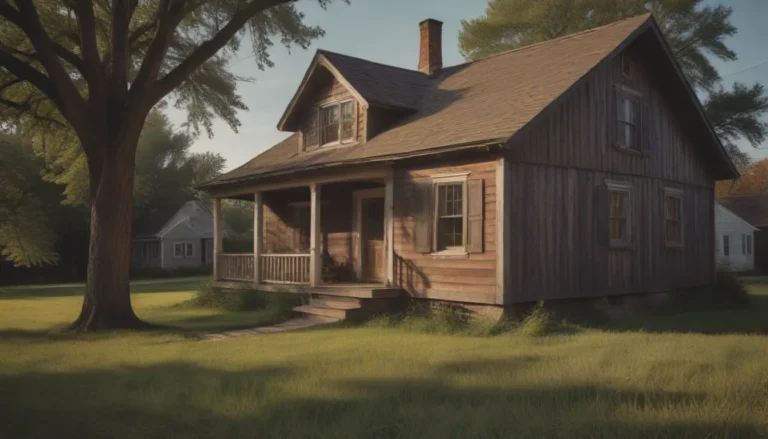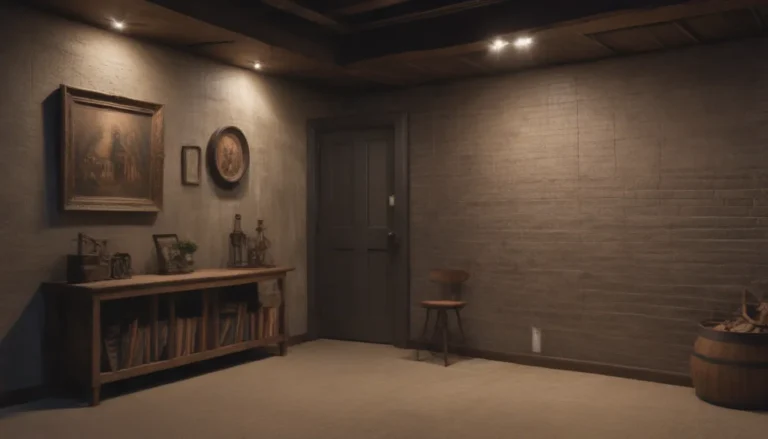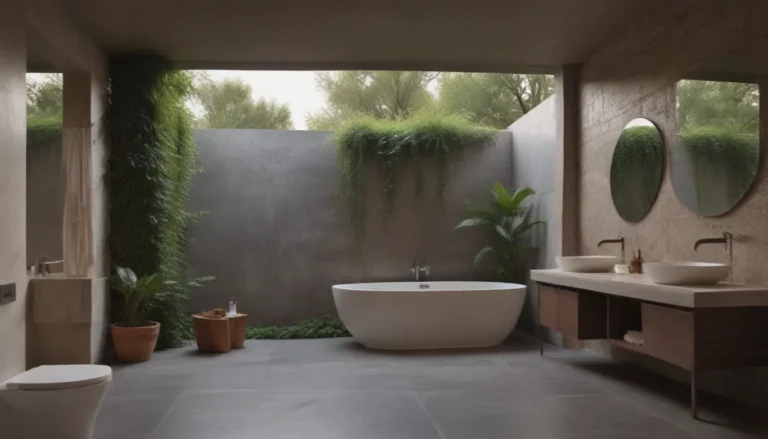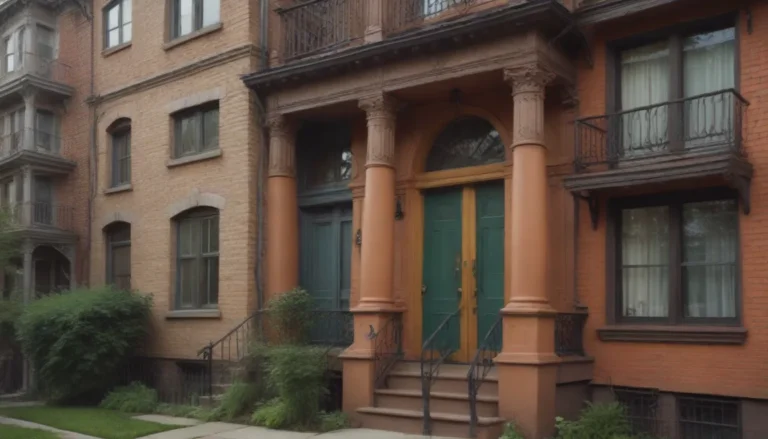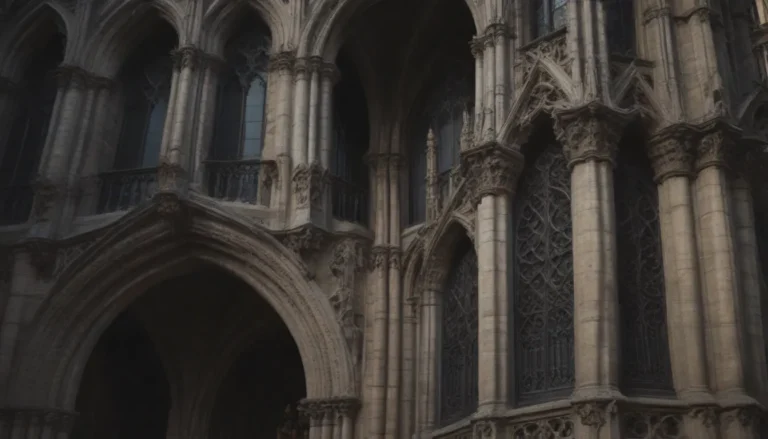Embracing Transitional Design: The Perfect Blend of Old and New
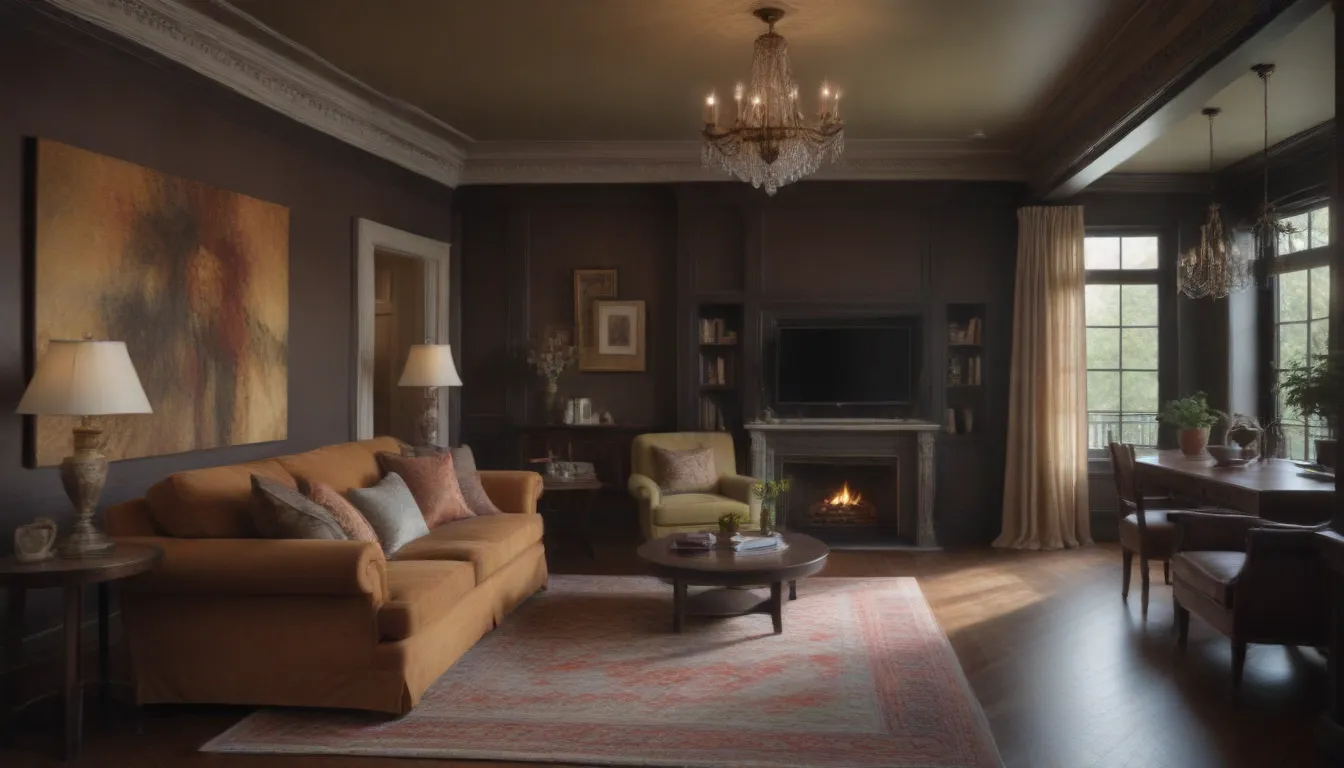
Are you looking to infuse your living space with a touch of elegance and modern flair? If so, transitional design style might be just what you need. This versatile decor style seamlessly combines traditional elements with contemporary aesthetics, creating a harmonious and inviting environment. Whether you are revamping your own home or working on a design project, understanding the key characteristics and origins of transitional design can help you achieve the perfect balance of old-world charm and modern sophistication.
What Makes Transitional Design Style Unique?
Transitional design style is all about the art of mixing and matching different elements to create a cohesive and visually appealing space. Here are some key characteristics that define this versatile decor style:
- Balanced Blend: The beauty of transitional design lies in its ability to harmoniously combine traditional and modern elements. By striking a balance between ornate details and clean lines, this style creates a timeless and elegant aesthetic.
- Neutral Color Palette: Transitional design often features neutral tones such as grays, tans, whites, and browns. These calming colors serve as the foundation for the decor, with soft accents of blue or green adding depth and visual interest.
- Layered Textures: To add visual interest and depth to a space, transitional design incorporates a variety of textures such as metal, glass, wood, leather, and fabric. These diverse materials create a rich and tactile environment.
- Minimalistic Decor: Unlike traditional design styles that may feature elaborate decorations, transitional design focuses on simplicity and intentionality. Art and decor pieces are used sparingly to highlight the seamless blend of old and new elements.
The Evolution of Transitional Design
Transitional design style emerged as a response to the rise of modern design in the mid-20th century. As sleek and minimalist aesthetics gained popularity in the 1940s and 1950s, designers began to explore ways to integrate traditional comforts with contemporary trends. The result was a unique fusion of old-world charm and modern sophistication that has stood the test of time.
Since its inception, transitional design has become a beloved and widely adopted style in the world of interior design. From chic hotel lobbies to trendy living rooms, examples of transitional design can be found in all corners of the design world. This enduring appeal is a testament to the versatility and timelessness of this decor style.
Transitional Design vs. Traditional Design
While transitional design shares some similarities with traditional design, there are key differences that set the two styles apart. Here are some distinguishing features of transitional design compared to traditional design:
Transitional Design:
– Light wood tones
– Mix of curved and straight lines
– Neutral color palette with soft accents
– Blend of traditional and modern elements
Traditional Design:
– Dark wood tones
– Curved furnishings with intricate detailing
– Symmetrical placement of decor items
– Use of ornate details and dark colors
By understanding these differences, you can make informed choices when incorporating transitional design elements into your own space.
Embracing Transitional Design in Your Home
Are you ready to transform your living space with the timeless elegance of transitional design? Here are a few tips to help you seamlessly blend old and new elements in your decor:
- Mix and Match: Don’t be afraid to experiment with different styles and pieces. Embrace the eclectic nature of transitional design by pairing traditional elements with modern touches.
- Balance is Key: Avoid extremes in design by maintaining a sense of balance in your decor choices. Pair ornate pieces with sleek, minimalist furnishings to create a harmonious and cohesive look.
- Keep it Calm: Stick to a neutral color palette to create a sense of calm and consistency in your space. Use soft accents like blues or greens to add depth and interest.
- Layer Textures: Play with different textures to create visual interest and dimension in your space. Mix materials like metal, glass, wood, and fabric to add depth and character.
- Simplify Decor: Less is more in transitional design. Use decorations and art sparingly to allow the unique blend of old and new elements to shine.
By following these simple tips, you can create a beautifully composed transitional space that reflects your personal style and aesthetic sensibilities.
Whether you are a design enthusiast looking to refresh your home or a professional designer seeking inspiration, embracing transitional design style can help you create a space that is both inviting and timeless. With its unique blend of traditional comfort and modern sophistication, transitional design offers a versatile and elegant approach to interior decor. So why not embrace the best of both worlds and transform your living space with the beauty of transitional design?
